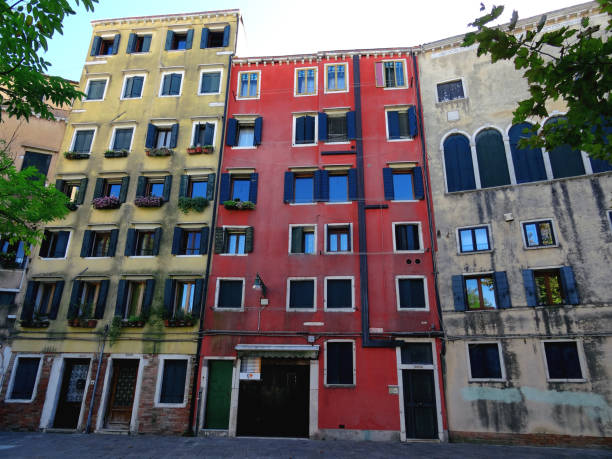Venice’s history is all about politics and money. For centuries, the city was one of the richest in Europe; but in the 16th century, that began to change.
Venice came under pressure from the Turks and the European powers. The republic was going through an economic crisis. They had lost their Eastern market, and the discovery of the New World had entirely disrupted the traditional trade routes. Suddenly, Venice wasn’t as important as it used to be.
To keep the cash flowing, Venice had to be tolerant of different people and religions. The Jews were so important to the Venetian nobility because they helped revive the city’s finances, which had been drained by war.
Jews had it tough in Venice. They couldn’t own property and had to rent houses from Christians. These landlords charged 30% more to Jewish tenants than to Christians. Jews could only work in professions that Christians rejected, so the main job for Jews became lending money.
The Jews had three banks in the ghetto, and they were vital for small loans. People who needed cash would bring in valuable objects as collateral. If they repaid the debt on time, they’d get their item back. But if they didn’t, the bank could sell it. Not all items could be pawned, though. The Church didn’t allow Jews to accept any sacred Christian objects.
As Venetians became poorer, they needed more loans. Eventually, the demand was so high that Jewish lenders began to run out of money and had to borrow from richer Venetians.
In the middle of the 16th century, Sephardic Jews arrived in the ghetto. They were rich merchants who had fled from Portugal and Spain following a massacre in Lisbon. Venice needed good relations with the East and a new influx of cash, so the Jews were invited to settle.
This presented a problem: They were not allowed to expand the ghetto. Where could new arrivals live? The usual answer would be to build up, but Venice sits on a bed of sand that cannot tolerate the weight of normal high-rise buildings, so the ingenious Jews built them with thin walls and low ceilings to cope with the population growth.
Today, the low-ceiling apartments in the old buildings of the ghetto still exist and are still occupied.

2 replies on “Venice: The Ghetto Part Two”
I enjoyed the brief history of Venice and the Jewish people. I did not know this, and intend to broaden my study on this subject. Thank you.
There is so much to learn about any culture…. It’s an interesting journey! Thanks Lea